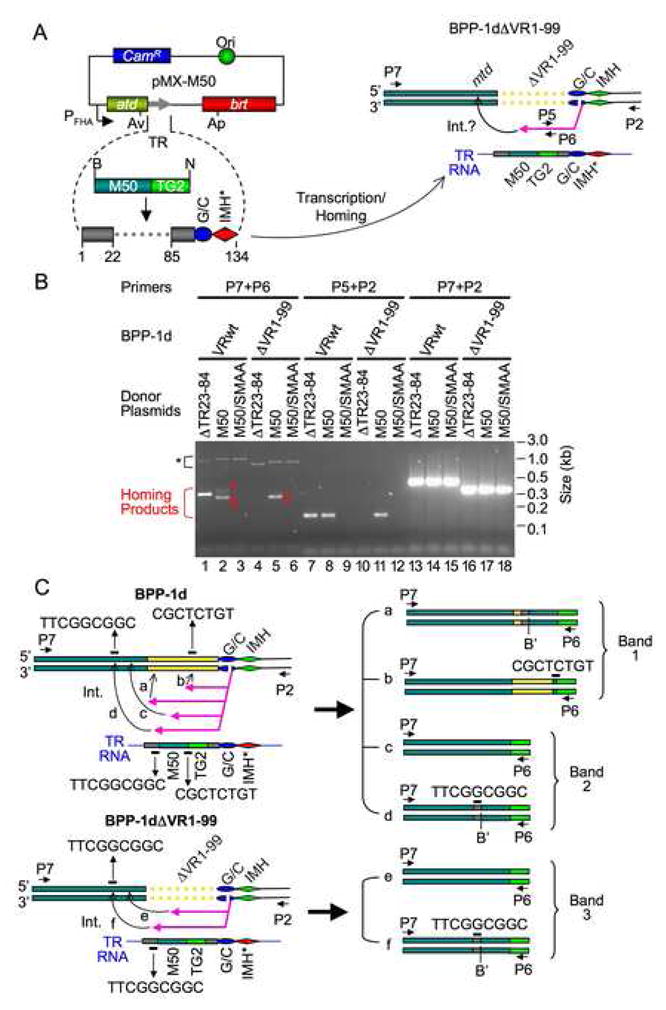Figure 6. cDNA Integration at the 5′ End of VR.

(A) Strategy to identify requirements for cDNA integration at the 5′ end of VR. Donor plasmid pMX-M50 is a derivative of pMX-ΔTR23-84 (Figure 2A) containing an insert in TR consisting of a 50 bp mtd segment (M50, derived from sequences located upstream of VR). The M50 insert in TR provides homology to the mtd locus in prophage BPP-1dΔVR1-99. Primers are indicated as small horizontal arrows: P7 is a sense-strand primer annealing to mtd; P2, P5 and P6 are described in Figure 1 and Figure 2B. Int., integration.
(B) The M50 insert in TR restores homing into sequences upstream of VR in BPP-1dΔVR1-99. PCR assays were performed on DNA isolated from intact phage particles produced following induction by mitomycin C. RB50 lysogens carried BPP-1d prophage genomes with wild type VR sequences (VRwt) or the VR1-99 deletion (ΔVR1-99). Donor plasmids were as follows: ΔTR23-84, pMX-ΔTR23-84; M50, pMX-M50; M50/SMAA, an RT-deficient mutant of pMX-M50. Product bands 1 and 2 in lane 2 and band 3 in lane 5 are labeled. *, Brt-independent PCR artifacts. (C) Major products derived from bands 1, 2 and 3 in (B) are shown and described in the text. Yellow bars, VR1-99 or portions thereof.
